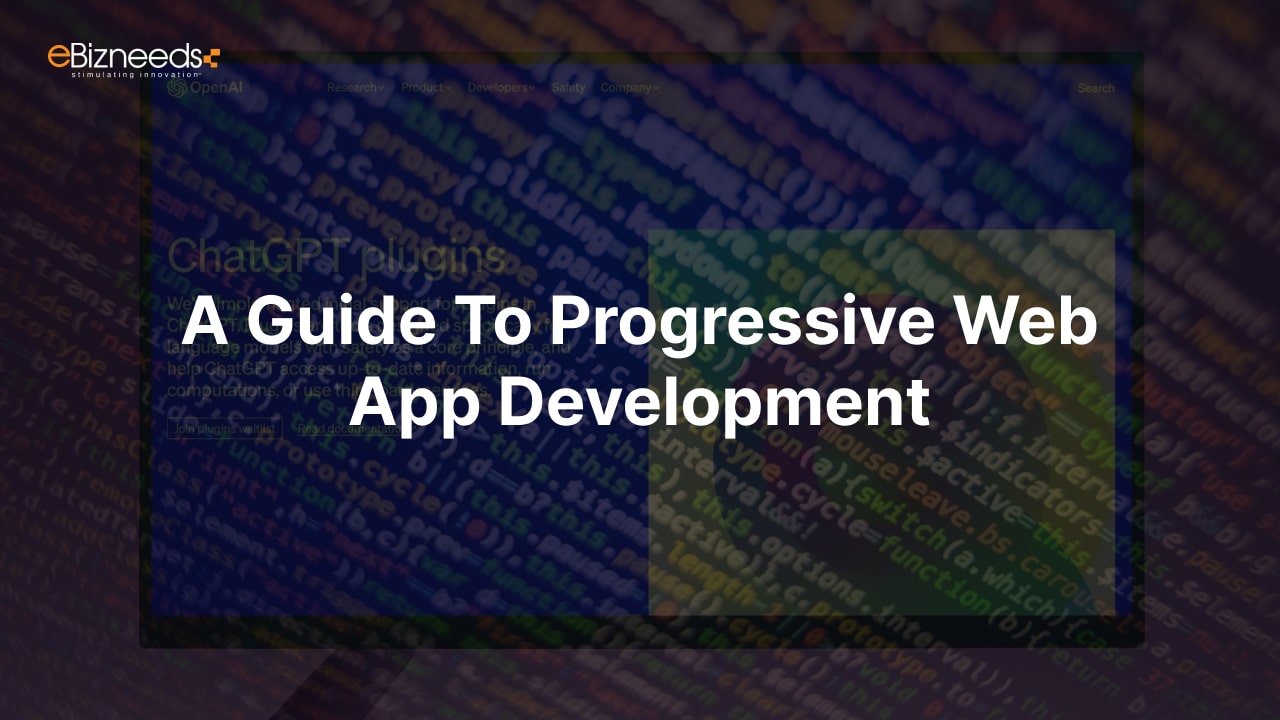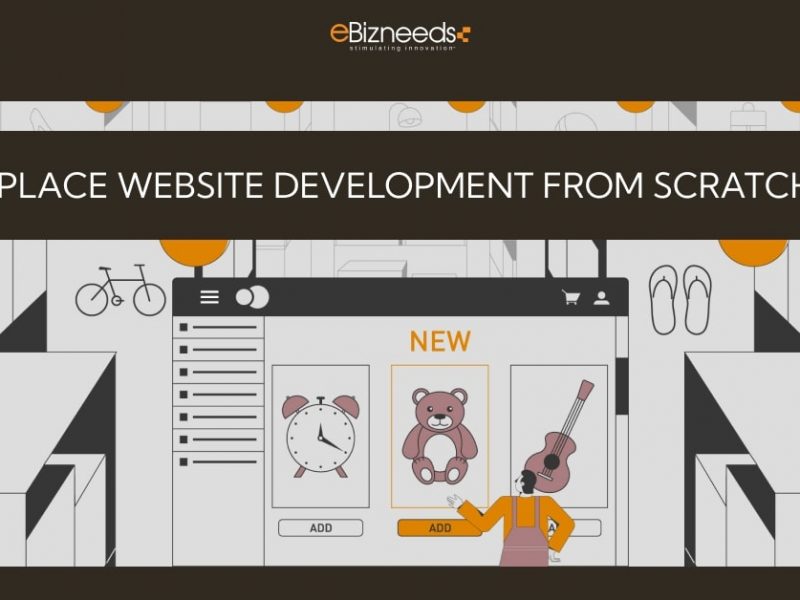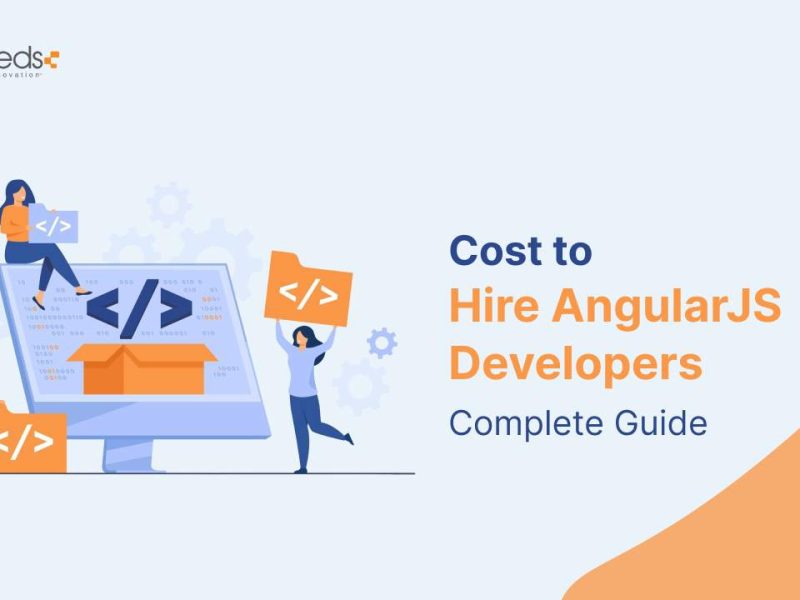Today, we are witnessing a drastic shift of users from websites to mobile apps. Initially, the internet was divided into desktop and mobile but now the trend has changed. Users are now preferring mobile apps and Progressive Web App development over websites due to certain benefits.
Even the businesses have realized the same and that’s why they are also shifting their presence from web to mobile apps to offer more content and better engagement with users. Today’s internet is mobile, and it is evident that if you want to have a market presence in today’s digitalized world, mobile should be the first choice.
Traditional mobile apps, i.e. native mobile apps were always been popular, however, they have been costly affairs, particularly for new startups or small businesses. The Progressive Web Apps thus emerged as a game changer in both mobile and web industries. The PWAs are a blend of web technologies and native-mobile app-like interfaces to deliver fast, reliable, and engaging user experiences. That’s why businesses are getting motivated to invest in PWAs.
In this article, we will go through various aspects of PWAs, why Progressive Web App development for your business, and how to migrate to PWAs?
What are Progressive Web Applications?
As the name implies, PWAs are web applications that are built using modern web technologies but function just like native mobile apps. It is an awesome combination of web and mobile technologies and delivers a seamless, fast, and engaging user experience across all devices.
The users get an experience just like a native mobile app with a PWA. The PWAs can address a range of problems from inadequate networks to data obstruction or total lack of connectivity. They can work offline, send push notifications, and can be installed on a user’s home screen.
What makes them stand apart is their ability to work offline through service workers who cache assets and data ensuring uninterrupted access. They also use responsive design to adapt to various screen sizes and orientations, making them highly versatile.
PWAs are built using web development technologies which include HTML, CSS, and JavaScript, along with modern APIs like Service Workers for offline functionality. Web App Manifests for installation, and HTTPS for secure connections.
How does a Progressive Web Application differ from a conventional website?
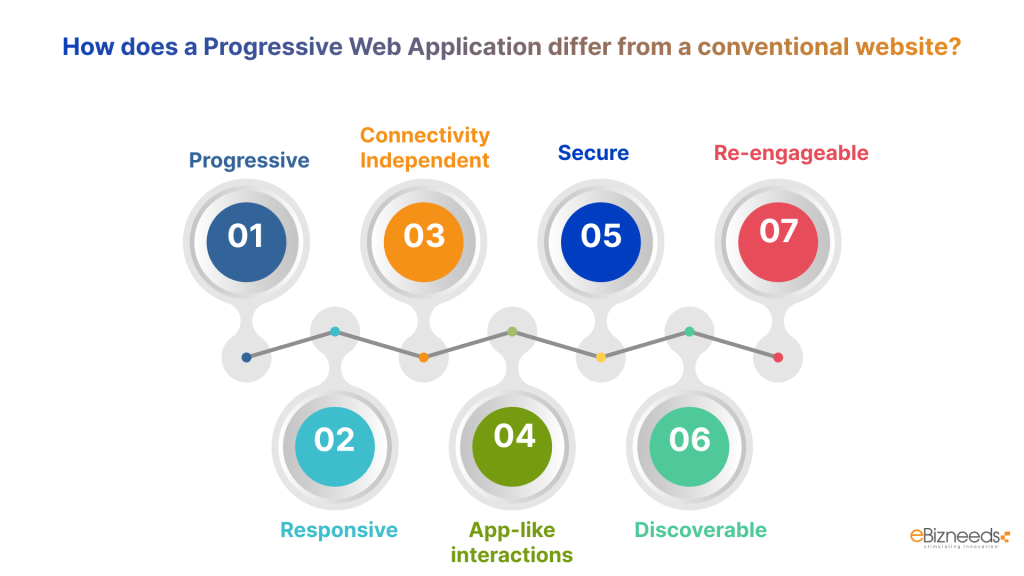


Some multiple distinguished characteristics and attributes make a website or an app a PWA. Here are those major characteristics:
Progressive:
A PWA is capable of working on any device and operating system. It can leverage the in-device hardware capabilities and browser. The method of gradual improvement is a basic principle of how a PWA operates.
Responsive:
The UI of a PWA is responsive i.e. it can adapt to any device or screen size. It has a near-native look & feel to offer an immersive experience across all devices.
Connectivity Independent:
A PWA is enhanced with service workers i.e. it can work offline.
App-like interactions:
The interface, look & feel of a PWA is just like a native app and is built on an application shell model with nominal page refreshes.
Secure:
The app is hosted over HTTPS which makes it less vulnerable to spoofing and interception of data.
Discoverable:
Thanks to W3C manifests, a PWA is identifiable with search engines which is a major advantage over native mobile apps.
Re-engageable:
Using push notifications, PWAs remind users to engage more with the app.
h. Installable: The users can install a PWA on the home screen making it more readily accessible.



PWAs from a business point of view:
There are multiple ways by which Progressive Web App development impacts businesses. Let’s know about them.
1. Easily reach your customers:
The working of PWAs is just like websites i.e. the digital marketing team can put all the marketing efforts including SEO techniques to build your reach and brand at a lower cost.
2. PWAs remove the friction that users face in downloading the app:
A major reason why users don’t want to download and install a mobile app is the storage which is not the case with PWAs. PWAs don’t use much storage and also they are not required to be downloaded from the app store. They are installed directly from a mobile website and users are motivated to download PWAs.
3. PWAs act as a powerful tool to build relations and increase conversions:
With Progressive Web App development, you can interact with your audience just like a mobile app, e.g. you can send push notifications which is powerful for increasing customer retention. It helps in improving customer engagement, building customer relations, and reminding them about the brand and supporting customer retention.
4. Reach New Markets:
As PWAs can work offline, they open new opportunities for markets, where internet connection is not stable.
How to Migrate to a PWA?
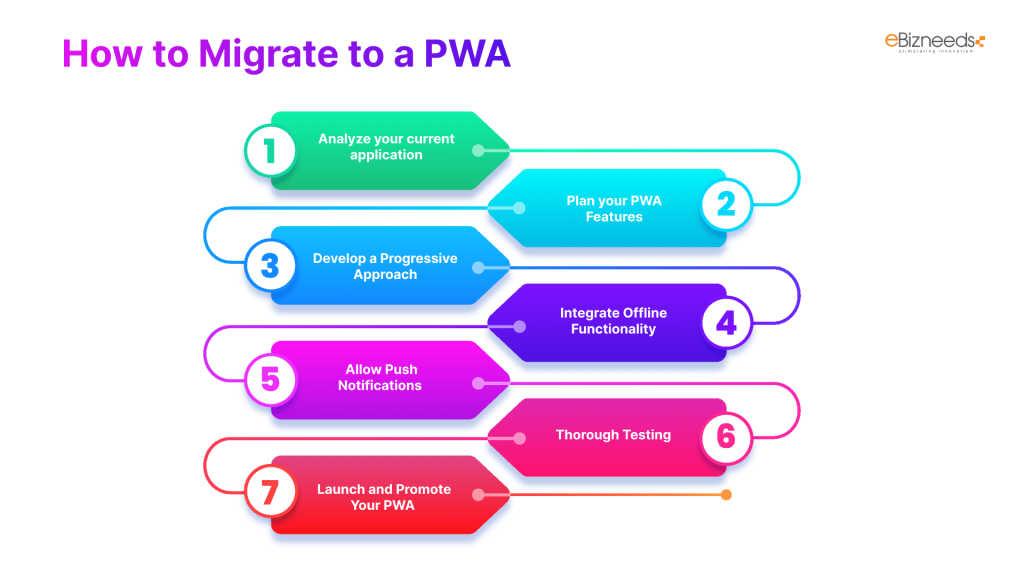


If you have a well-defined plan, then it is a straightforward process to migrate to a PWA. Here are the key steps to follow the transition:
a. Analyze your current application:
You have to first evaluate your website or mobile application. Generally, we don’t recommend converting a mobile app into a PWA as it isn’t worth a lot. But in case, if you are running a website then it would be a wise decision to develop its PWA. You have to identify the core features for your users and determine which of these have a room for improvement and can be retained in PWA. You can consider factors like performance, user engagement, and current pain points.
b. Plan your PWA Features:
You have to decide what features you want to implement in the Progressive Web App development. The common features are offline capabilities, push notifications, and home screen installation. You have to give higher priority to the features which add value to the users and improve their experience.
c. Develop a Progressive Approach:
In the progressive approach, you have to start with a basic, functional web app and gradually add PWA features. By following this approach, you can ensure that the PWA works for all users, even for those who use old browsers while improving the experience of newly built interfaces.
d. Integrate Offline Functionality:
The major feature of PWA is its ability to work offline. Implement offline capabilities by caching critical assets and content, allowing users to access your app even when they do not have an internet connection. This improves the stability and availability of your app. Use service workers to handle caching and background sync. Plan what material should be available offline and test thoroughly to provide a seamless offline experience.
e. Allow Push Notifications:
Another important feature of PWAs is push notifications. PWAs can use push notifications to send updates, notify users about discounts/offers, etc. Implement a notification strategy that adds value to the users’ experience and entices users to click on it and land on the app’s homepage.
f. Thorough Testing:
Before the PWA launch, ensure that the QA team has tested it thoroughly across various devices and browsers. The features which were in the scope should work consistently and the user experience should be consistent and smooth. Testing ensures that the issues get caught before disrupting the flow of the users.
g. Launch and Promote Your PWA:
After getting sign-off from the QA team, it is time to launch your PWA. You must promote the PWA to your new users and existing audience. Highlight the advantages and new features they can enjoy, such as offline access and home screen installation. Spread the word through numerous platforms, including email newsletters, social media, and your own website. Provide clear instructions for using new features and encourage people to add the PWA to their home screen.
Technical Components of Progressive Web Application:
1. Service Worker:
A service worker is the core technology that is responsible for the offline working of the app, push notifications and resource caching. It is the heart of the progressive web application. Web developers can build consistently fast web pages and offline interactions with service workers.
2. Web App Manifest:
Web app manifest aims to define the app resources that you require. It includes the app’s icon, your app’s displayed name, background colour, theme, and other elements that transform the website into an app-like format.
JSON file controls how your app appears to the user and ensures that progressive web apps are discoverable.
3. HTTPS (Secure contexts):
Service workers can intercept network requests and modify responses. They realize all actions on the customer side, that’s why there is a need for HTTPS by PWAs.
Use a secure network to host the web application. Some features like geolocation and even service workers are available only once HTTPS has loaded the app.
Tips for Improving PWA Performance:
1. Preload URLs and fonts which are responsible for the slow loading of PWA
2. You may also implement lazy loading to defer the loading of resourceful assets like images, banners, etc. until they are needed
3. Ensure clean code architecture
4. Remove unwanted code and spaces to improve the overall performance of PWA.
Wrapping Up:
In this article, we have gone through all the major aspects of Progressive Web App development and how advantageous it could be. At Ebizneeds, the top web application development company in India, we have expertise in developing PWAs even for highly complex websites. We ensure to build a PWA to feel just like a native mobile application but with web development technologies.



Our vast team of developers, designers, and QA experts can provide the best quality service and meet your requirements. Contact us now.



Naveen Khanna is the CEO of eBizneeds, a company renowned for its bespoke web and mobile app development. By delivering high-end modern solutions all over the globe, Naveen takes pleasure in sharing his rich experiences and views on emerging technological trends. He has worked in many domains, from education, entertainment, banking, manufacturing, healthcare, and real estate, sharing rich experience in delivering innovative solutions.
